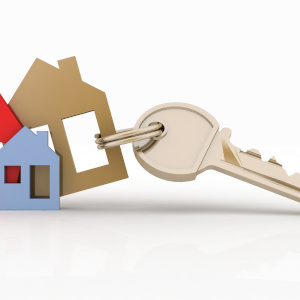Whether to buy an established property or a brand new one is a decision investors have to make each time they purchase — so what do you need to know before you buy?
Why buy a new property?
Buying a brand new or relatively new property is often the more appealing option, as it usually means less initial repairs and maintenance. Depending on the area in which the property is located, prospective tenants are often attracted to more modern homes. This is particularly the case in blue-chip and coastal suburbs.
Buying a new property limits the need for work to be done in the first few years after purchase. This is an attractive trait, as it also means there is less demand for the investor’s time and money following the initial purchase of the property. As they are purchased at a standard suitable for tenants to move in, vacancy rates for new properties, when purchased in the right areas, are low, meaning more immediate cash flow from rental payments.
Newer properties also come with maximum potential for depreciation claims, meaning more money in investors’ pockets at tax time (more on depreciation below).
One huge advantage of buying a new property is that they are generally a lot more energy efficient and environmentally friendly than older properties. It can be an enormous expense to install energy- and water-saving features in an old property.
How do depreciation and tax benefits differ for new and old properties?
A property will inevitably depreciate in value from wear and tear over time and, much like a car used for business purposes, the depreciation of an investment property can be claimed as a tax deduction – as an investment property is purchased for income-producing purposes.
Property investors can claim depreciation on a property for a maximum of 40 years from the date of construction completion – which means investing in newer properties will give you greater depreciation benefits.
There are two main categories investors can claim for rental property depreciation – plant and equipment deductions and capital works/building deductions. Both new and old properties can be eligible for each category, but new properties will see greater returns from structural depreciation claims than old ones will.
Capital works deductions involve anything to do with structural elements of the property, such as:
- Structural walls
- Wiring
- Brickwork
- Windows
- Plumbing
Although deductions on capital works apply for 40 years from the property’s date of construction, renovations to the structural elements of the building can be claimed from the time of renovation, meaning both new and old properties can benefit in some way from depreciation claims.
Plant and equipment deductions involve anything that is easily replaceable within the property, including:
- Tap fixtures
- Carpets
- Blinds
- Water systems
- Appliances
These parts of the building will depreciate from the time of instalment. The ATO has standard measures that determine the age of individual items. Once an item has reached the end of what is deemed to be its effective life, you can no longer claim depreciation of its value.
In order to make a depreciation claim, an investor must obtain a depreciation schedule, which lists the deductions available on a specific property. Depreciation rates are determined by the original construction cost of a property. When there is no record of the construction cost, a quantity surveyor can estimate it for depreciation purposes and produce a depreciation schedule.





